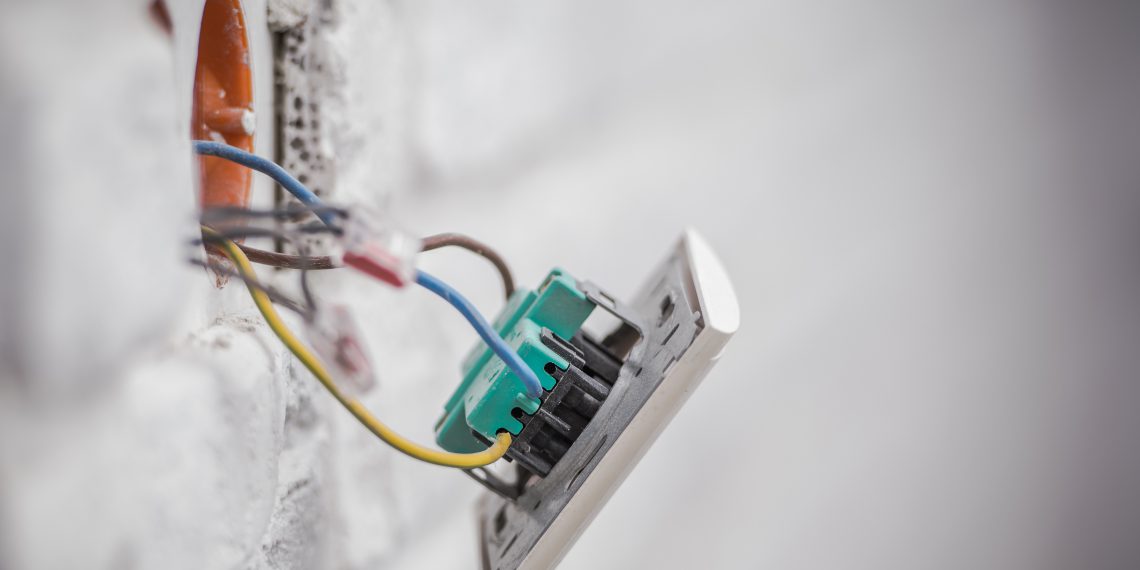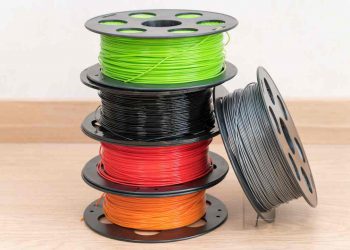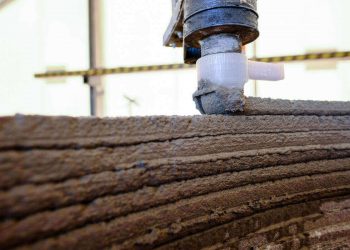In this article, we will take a look at the electrical properties of PLA itself, as well as PLA “blend” filaments that are now becoming increasingly available on the filament market.
Polylactic Acid Polymers – better known among the 3D printing community as PLA filaments, are biodegradable plastics created through polymerization of lactic acid or lactide sourced from fermented plant starch.
PLA is a thermoplastic, meaning that it gets softer and malleable as it is heated. Moreover, and perhaps most important for consumer grade print material, PLA is cheap, affordable and easy to produce. A result of its renewable nature.
PLA is by far the most popular 3D printing material for consumer 3D printers (FDM or FFF). Among its many uses in 3D printing, PLA has provided filament makers with an almost infinite canvas upon which to innovate and produce new blends and types of filament. Such developments greatly expand the range of inventions possible using a consumer-grade 3D Printer. One such innovation is conductive PLA filaments.
But before we get to the novel new conductive filaments, and the electrical properties of regular PLA, its important to first discuss the basics of electricity and how it interacts with materials in general.
Electrical properties of materials – the basics
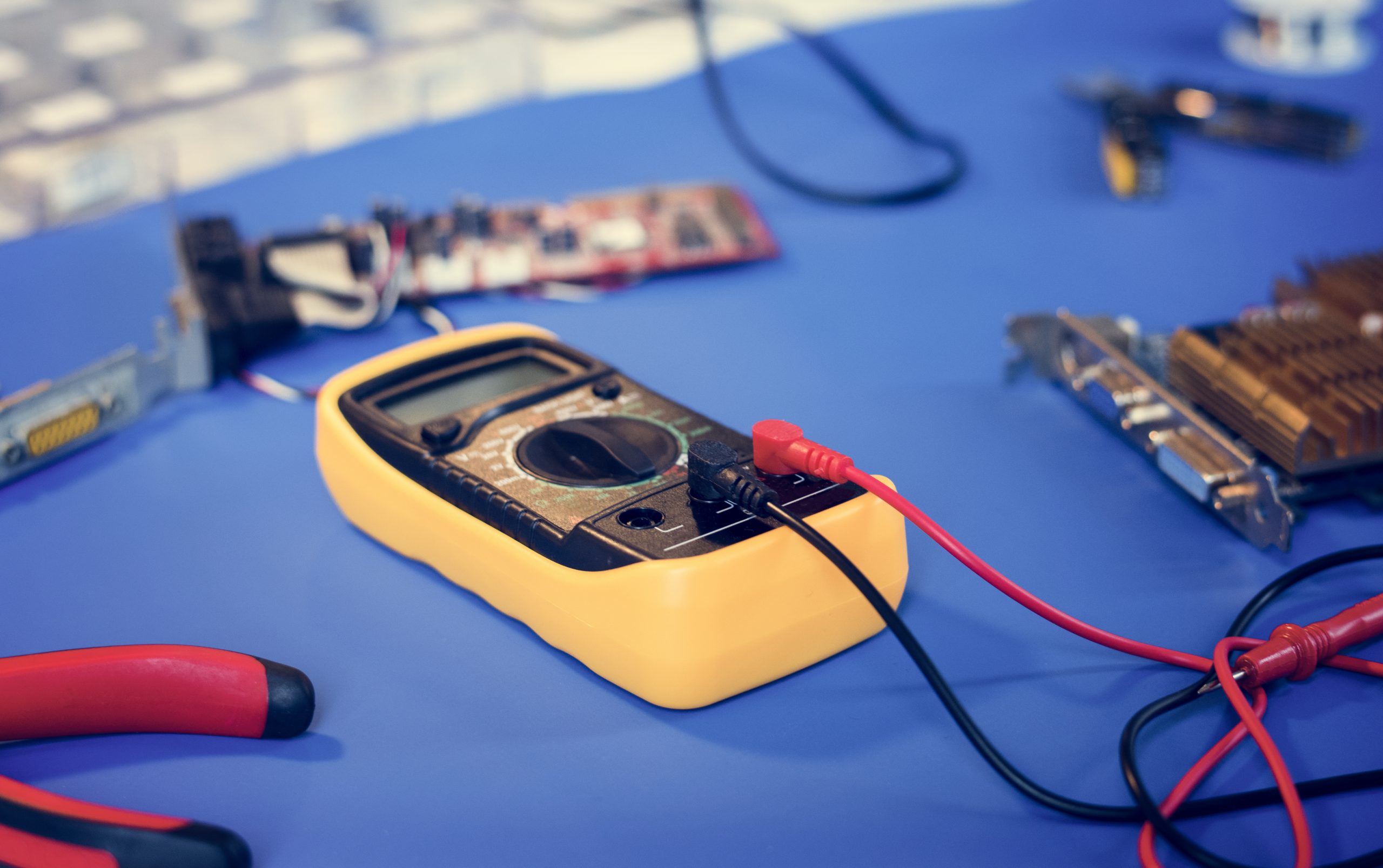
We live in an energized age. At the flip of a switch, electricity flows into the appliance of our choice and without any knowledge of its inner workings, we are able to accomplish whatever the appliance is designed for.
This is possible because of the use of conductive, semi-conductive, as well as non-conductive materials in cleverly engineered combination, in order to carry electrical energy and channel it via these specific materials at a specified amount pressure to get the required work done.
Material composition and ability to conduct electricity
Let us start by dispelling a common misperception with regards to materials and their conductivity. First off, all materials, by virtue of their underlying compositions, can transfer an electrical current in some capacity.
This “capacity” known as conductivity is, however, inversely proportional to the resistance that an electric current would face while traversing across the internal pathways of the material.
Insulators, semi-conductors and conductors
Some materials provide such a high resistance, that they are virtually useless to be used to carry an electrical current. These are known as dielectrics or insulators.
Other, rather unique materials are better than insulators at transferring a current, but they still provide a good deal of resistance. These are known as semi-conductors.
And finally, materials like carbon/graphite (non-metal), copper and other metals provide such a low resistance that they are ideal to be used for wiring and various electrical purposes. These are known as conductors.
Heat and effect of temperature
An important point to note is that, all materials that are good conductors of electricity, are also good conductors of heat. This is largely due to the fact that the structure (molecular for pure elements, and composite for blended alloys or plastic-metal composites) of a material is either a hindrance or a helper when any form of energy travels through it depending upon the number of free electrons available to act as “carriers”.
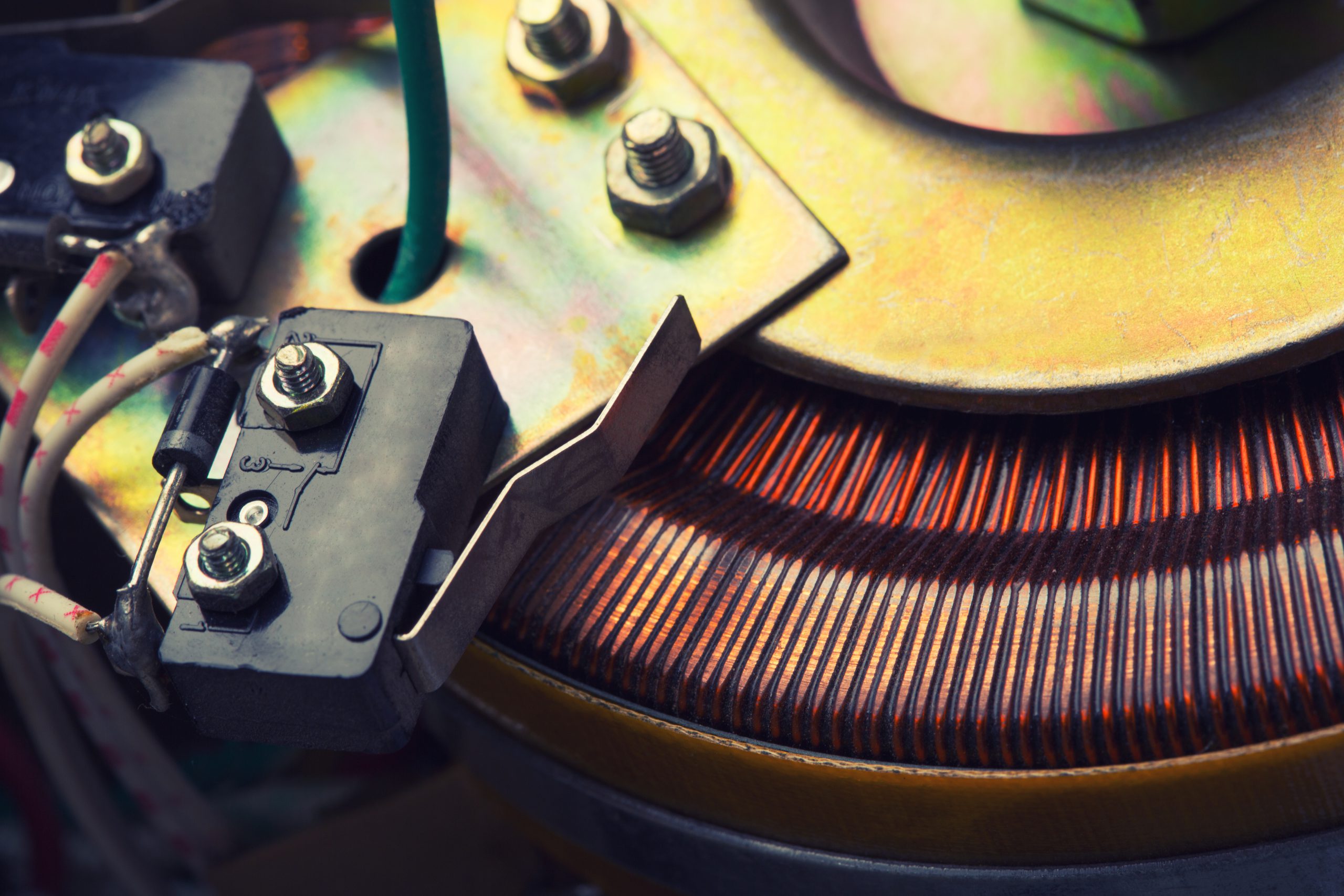
Rational thinking follows then, that when a material is subjected to conditions that make it a better conductor of heat, say by increasing temperature, its electrical conductivity also increases. This is true, but only partly so. In order to avoid the lengthy discussion that forms the backdrop of this rather simple rule of thumb, just remember that for bad conductors (insulators), resistance decreases with increase in temperature, while for good conductors it is vice versa, that is, resistance increases with increase in temperature.
With the rather necessary basics out of the way. We are now ready to take a look at PLA in detail.
Electrical properties of conventional PLA
Pure PLA plastic, like all plastics, sits firmly in the dielectric category in terms of its electrical conductivity. This makes PLA ideal to be used for many normal 3D printing applications.
Despite being an effective dielectric, however, PLA also has a low glass transition temperature, the temperature limit at and above which a plastic begins to lose its structural integrity and becomes increasingly rubber-like – at around 140-149° F (60-65° C).
At the same time as PLA approaches its transition temperature, it rapidly begins to lose its insulative properties as well. This means that normal PLA simply does not have the thermal breathing room required to serve as an effective insulator at high-voltage or high-heat generating electrical applications.
At low-voltage, low-heat applications, however, pure PLA serves as an effective insulator. This makes it an ideal candidate to be used as a cover or insulation in double-extruded 3D prints when used in conjunction with a low-resistance conductive PLA or ABS filament.

Conductive PLA composites
Owing to its ease of formulation, there exist many types of PLA filaments for 3D printers. While a large number of them only offer superficial benefits such as transparent, multi-colored, textured, or metal-like aesthetics. A growing number of makers have begun to offer carbon-PLA composite filaments with varying percentages of carbon. This introduction of a conductive material in the blend gives the resultant filament increased conductivity, especially when extruded into effective conducting shapes that expose the underlying carbon.
The conductivity on the contact surface of these composite filaments is usually more in line with PLA. That is, they offer poorer conductivity, whereas cross-sectional conductivity can in some cases be very high, similar to actual conductors.
Conductive PLA 3D prints can effectively be utilized in double extrusion models, with the conductive material being shielded with an insulating filament (usually pure PLA).
Depending upon the use-case, conductive PLA material can be used as a drop-in replacement for traditional wire-based circuits. The fact remains, however, that these composites are still, principally, plastics. As a result, the total resistance would always be higher than if the same circuitry were made with a pure conductor.
The most notable use of conductive PLA is in performing resistor-like functions in electrical circuitry. Other uses include printing functional electrical circuits, electric shielding for sensitive equipment, capacitive touch-sensitive buttons and ultra-ergonomic wearable electronic parts.
Post-processing PLA 3D prints for electrical features
Another way to go about using PLA as a 3D printing material for electrical applications is to integrate the electrical design within the digital 3D model. Pathways for conventional wires, LED and switch holders etc. can all easily and accurately be accounted for in the 3D design before printing.
Surface electrical features could even be painted with conductive paint or ink and connect to underlying electrodes and wires.
The plus-side of this approach is, arguably, the low cost as well as high effectiveness of the electrical features. The use of conventional wiring and circuitry also alleviates the drawbacks associated with using composite materials that includes their brittleness, higher extruder maintenance and frequently required clean-up of the 3D printer. Where the design is well-thought out, the post-processing time may in fact be less than the additional maintenance time required for printing with conductive composite PLA materials.
The downside, as is obvious, is the additional post-processing required, as well as the difficulty of integrating and attaching the wiring and circuitry with existing designs that may not exactly lend themselves well to needed modifications.
The many faces of PLA
3D Printable PLA now has so many variants that the term “PLA” itself has become too ambiguous just to refer to a single type of printable plastic filament. Apart from aesthetically modified PLA, there is growing interest in bringing innovative possibilities to existing consumer 3D printing technology with exciting new composites.
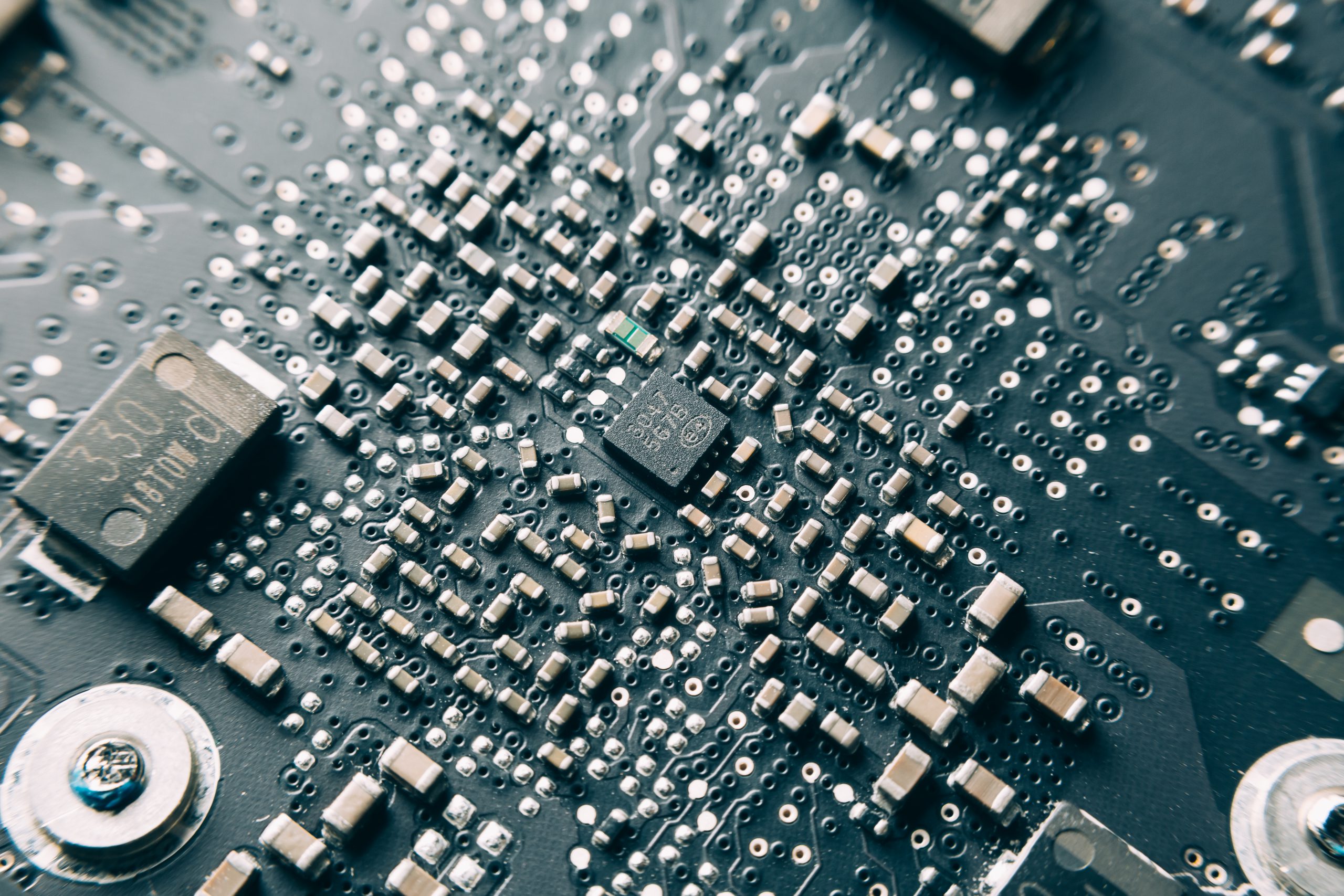
These are, however, uncharted waters for all those involved. Conductive PLA is – unlike 3D printing itself – a recent and emerging development. As such, even the filament makers are working out the kinks as they go along. First generation composites tended to be quite brittle and very difficult to work with in larger, finer detail 3D prints. But with improvements made in both extrusion technology as well as the filaments themselves, currently available conductive PLA filaments tend to be quite well to work with. In some cases, outperforming even pure PLA as the added materials enhance the composite in comparison to regular PLA.
The dream of printing one’s own 3D circuits may become a fulfilled reality not long from now. Even with the existing technology, it is perfectly possible to create wonderful examples of conductive PLA enabling design possibilities simply not possible with conventional circuit printing. When used in-hand with smart design considerations to off-load simpler elements to the post-processing design phase where wires and other metal electrical parts could be integrated, the innovations achievable truly become exciting in their own right.
Natural, pure PLA will continue to serve many a 3D printer enthusiast due to its ease of use, environment friendliness as well as reasonable dielectric nature. It is arguably the emerging market of usable conductive composite materials, however, where the simple formulation process of PLA has definitively lent itself to become not just the filament of choice for today. But perhaps, the filament of choice for future practical applications as well.



